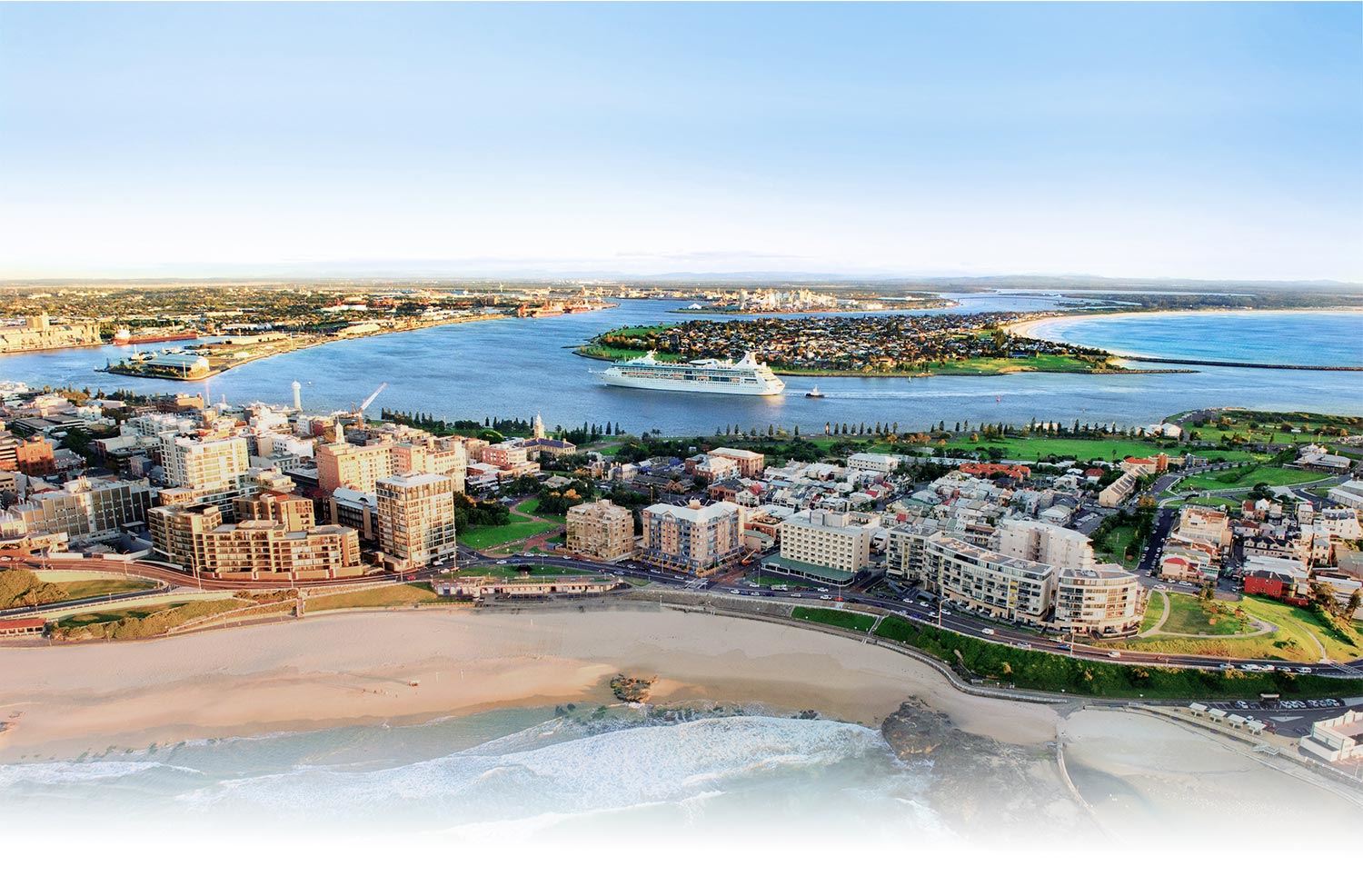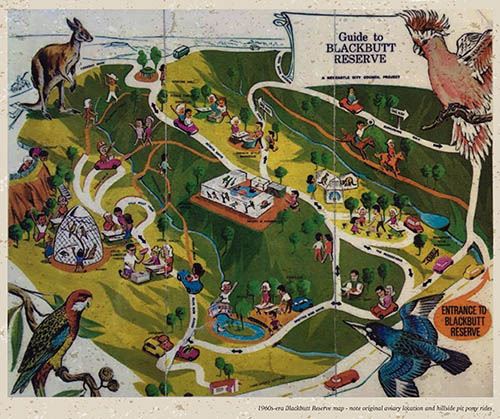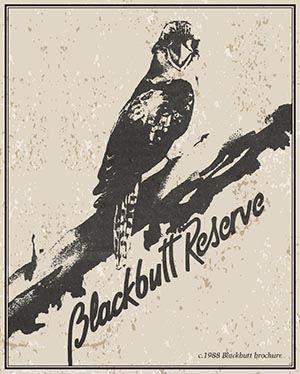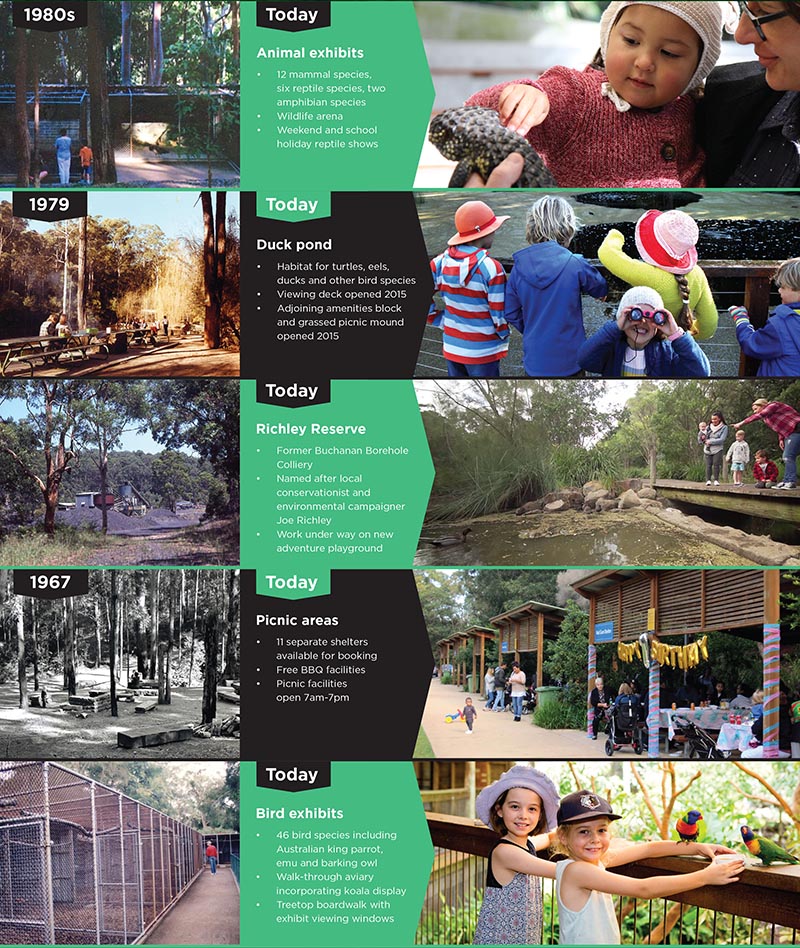
About Blackbutt Reserve
With nature trails, wildlife exhibits, children's playgrounds and passive recreation areas, Blackbutt Reserve is the perfect place to explore the wonders of nature.
There are peaceful picnic areas, wide open spaces, over 10km of walking trails and a diverse range of ecosystems and habitats with
Modern and spacious wildlife exhibits offer up-close viewing of the various native animals on display. A wheelchair and pram-friendly boardwalk around the wildlife exhibits and interpretive signage provides easy access for visitors to observe and learn about each species.
Comprising mostly of Eucalypt Forest and pockets of significant remnant vegetation, Blackbutt Reserve boasts a restored rainforest that provides habitat for a number of rare and vulnerable species.
How Blackbutt Reserve became the “green heart” of Newcastle

The swathe of bush skirting Kotara and New Lambton would not exist in its current form had it not been for tireless campaigning by the community and Newcastle's first female Lord Mayor Joy Cummings.
Land purchased in the 1930s for a reserve was placed into the City of Newcastle's trusteeship in 1938, with an adjoining 124 hectares acquired from the Scottish Australian Mining Company in 1956.
The initial plan was to subdivide this new land to build 500 new homes,
but concerted community campaigning finally led to its preservation.
Conservation groups fought again in the 1960s and 70s to defeat plans for a motorway to be built through the heart of the reserve, while the closure of an adjoining colliery in 1979 prompted Council to establish what is now known as Richley Reserve.
Wildlife exhibits built in the 60s and 70s at the top of the reserve, off the Lookout Road entrance, were moved to their current location in 1995. The exhibits were severely damaged by the infamous "Pasha Bulker" storm of 2007 and required extensive repairs.












